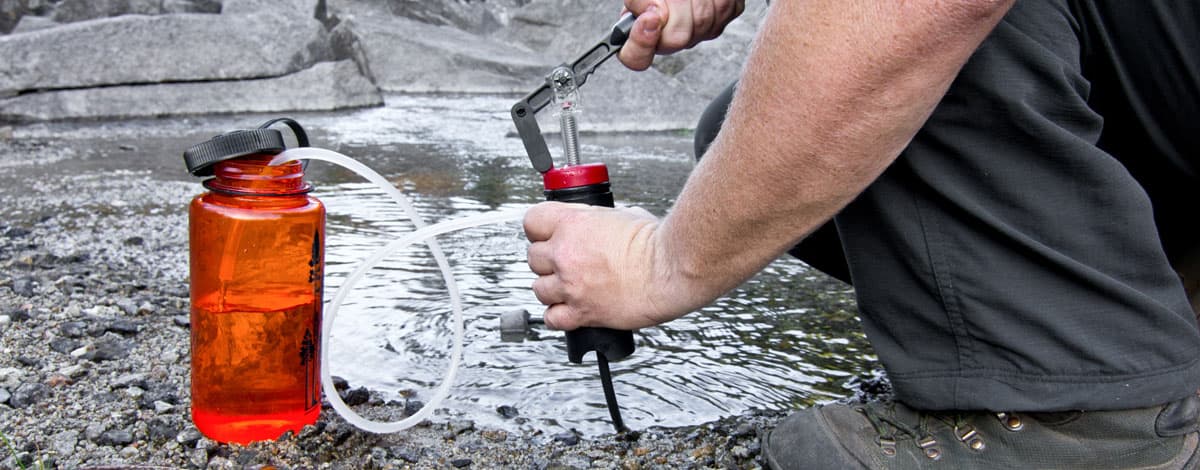Sleeping Pads and R-Value
Before getting into the different types of sleeping pads, it's important to understand R-value. R-value measures a sleeping pad's insulating capacity and ranges from 1 to 9.5. The higher the R-value, the more insulated you'll be from the cold ground. And more insulation means more warmth.
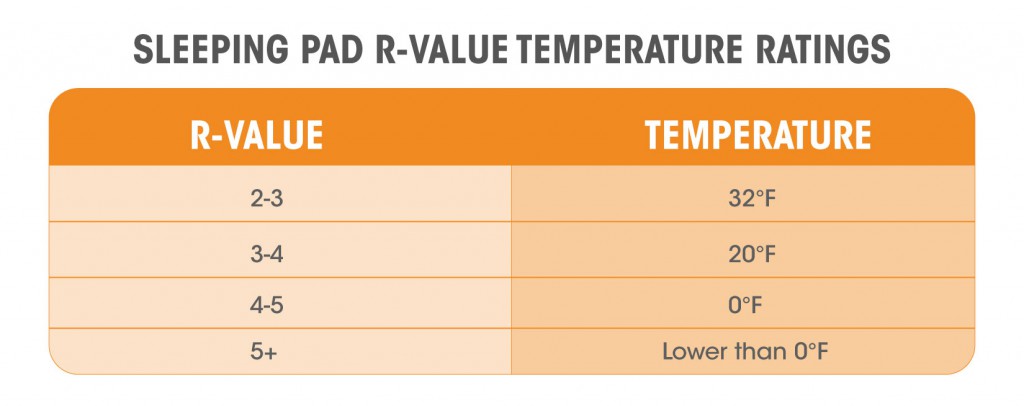
For summer camping, an R-value of 2 or 3 should keep you comfortable. Winter campers should find a sleeping pad with an R-value of at least 4. Keep in mind that higher R-values are often found on bulkier sleeping pads, so lightweight backpackers might need to choose between weight and warmth.
Types of Sleeping Pads
Sleeping pads come in a few different forms, most common of which are self inflating, inflatable or closed-cell foam pads.
Self-Inflating Sleeping Pads
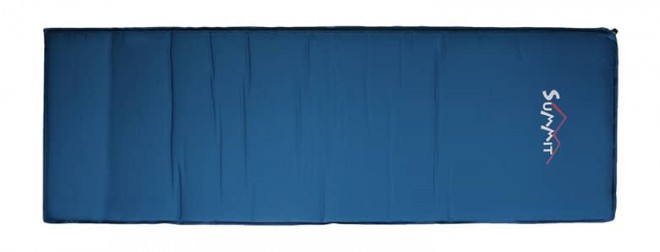
A self-inflating sleeping pad is basically a layer of porous foam inside a nylon casing. The foam absorbs air when the valve is open, allowing the sleeping pad to inflate on its own. This type of sleeping pad offers good insulation, usually featuring the highest R-values. Self-inflating sleeping pads tend to be the heaviest of the styles and do not pack down very well, making them most ideal for car camping.
Inflatable Sleeping Pads
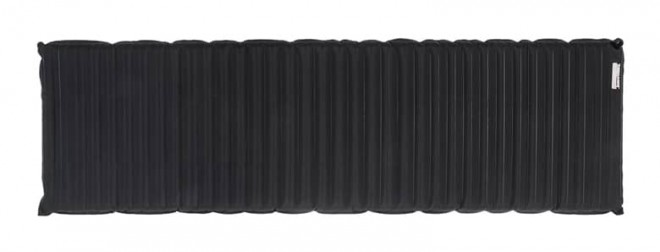
Also known as air pads or non-self inflating, inflatable sleeping pads need to be blown up using your mouth. Some inflatable sleeping pads offer a hand pump or foot pump (sold separately) as an alternative means of inflation. These types of sleeping pads tend to be the most comfortable and great options for side-sleepers. While the R-value of an inflatable sleeping pad often isn't as high as self-inflating pads, some inflatable sleeping pads do feature R-values of 4 and higher.
Inflatable sleeping pads are much lighter than self-inflating pads and can usually be packed down to the size of a water bottle, making them a good choice for backpackers and car campers alike.
Closed-Cell Foam Pads
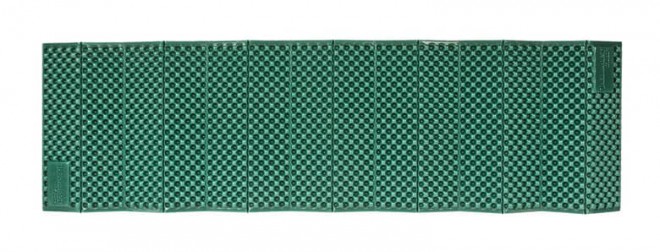
Closed-cell foam pads are the most simple and affordable sleeping pad option. They are also the most durable since their solid makeup removes the risk of springing a leak or developing a leaky valve. These types of sleeping pads usually feature a moderate R-value (around 2) and decent cushioning from the ground. While they are often the lightest of the sleeping pad styles, closed-cell foam pads use an accordion fold to pack down to a bulky rectangle. These sleeping pads are most popular with thru-hikers and backpackers. If you decide on a closed-cell foam pad, plan on strapping it to the outside of your pack.
Bonus: Air Mattress
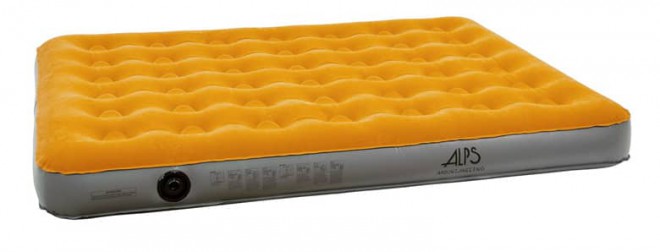
Do you car camp frequently? Consider using an air mattress in place of a sleeping pad. The ultimate coziness of an air mattress and piles of blankets inside of a tent is worth the space in your car if you have it. Air mattresses are great for families and couples who want to snuggle up without separate sleeping pads getting in the way. An air mattress is also ideal if you camp with a double sleeping bag. Just be sure your air pump is fully charged before leaving home!


